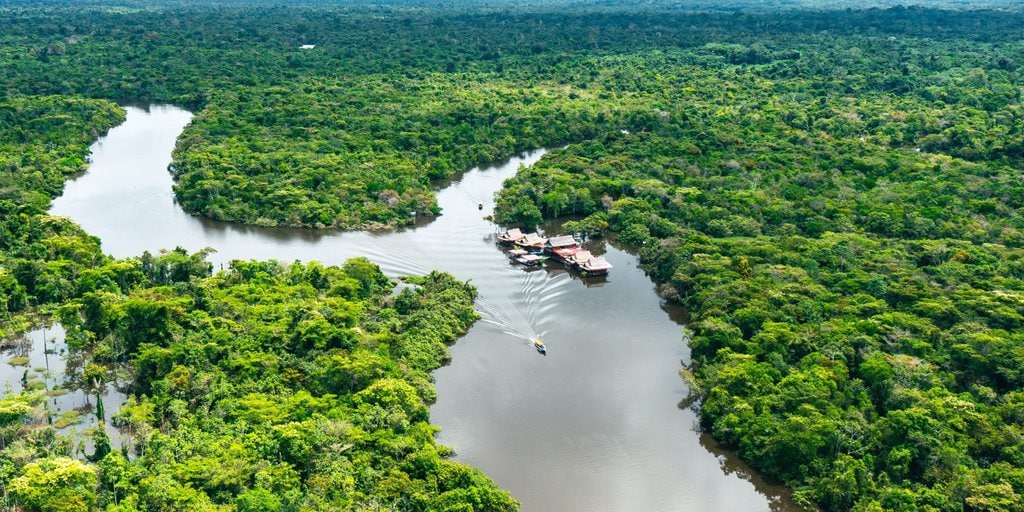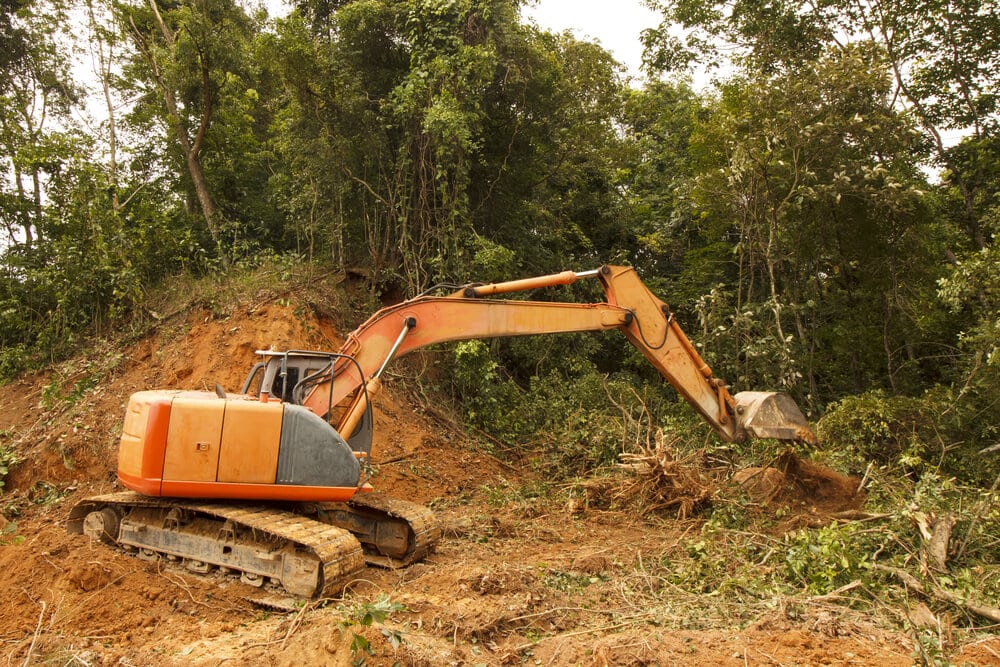
When Queen returned to the studio in 1983 after some albums centered around pop and disco music, they decided to give fans “the works.” The band wanted to return to rock and get back to basics. The recording took a while—from August 1983 to January 1984 to be exact—but Freddie Mercury, Brian May, John Deacon, and Roger Taylor created an album that both critics and fans welcomed.
A Return to Their Roots
The Works had a distinctively more guitar-driven approach and was notable for the absence of synthesizers and new wave influences that were prevalent on the previous album, Hot Space. With several notable tracks on the album, it now stands out as one of Queen’s best. The stylistic detour on Hot Space wasn’t well received, so Queen needed something good to show, and The Works got the job done.

One great track on the album is “Radio Ga Ga,” written by drummer Roger Taylor, and another is “I Want to Break Free,” one of the most well-known performances by Freddie Mercury. The lyrics of “Radio Ga Ga” paid homage to the golden age of radio. The song is about how radio impacted society, and the great melody and chorus made it one of Queen’s signature songs.
The Band Now
The Works also included other iconic songs, including “Hammer to Fall,” which shines with Brian May’s guitar work. Freddie Mercury demonstrates his incredible vocal range on “It’s a Hard Life.” The album was a successful return to Queen’s rock roots. It remained a fan favorite for decades and is still contributing to the enduring legacy of the band.
Today, Queen is still performing worldwide, with remaining active members Brian May and Roger Taylor collaborating with American vocalist Adam Lambert.
Long Lost Ancient City Discovered in the Amazon

Beneath the dense canopy of the Amazon rainforest lies the remnants of an ancient civilization that has long eluded discovery. Aerial surveys conducted in the Upano region of Ecuador have unveiled a sophisticated network of roads and canals connecting houses and structures, challenging the previous notion that the Amazon was sparsely inhabited.
Unveiling the Enigmatic Ancient City
Contrary to the belief that only small groups resided in the vast rainforest, these revelations paint a different picture. Archaeologists estimate that this mysterious city thrived between 3,000 and 1,500 years ago, potentially housing tens of thousands of people. As we unravel the secrets of this vanished civilization, questions linger about the fate that befell this once-flourishing society.
The groundbreaking discovery of the ancient Amazonian civilization was led by France’s National Centre for Scientific Research, guided by Professor Stephen Rostain. While utilizing advanced LIDAR technology, the team unraveled long-concealed secrets in Bolivia’s dense rainforest. This technology is a game-changer, opening avenues for transformative research and exploration in the mysterious Amazonian landscape.
Scientific Exploration Unveils Amazonian Secrets
Scientists from the UK and Germany uncovered 26 settlements, with 11 new sites, in Bolivia’s Amazon. In Ecuador, an ancient city revealed 6,000 raised platforms across 300 sq km, indicating structures and dwellings along with fields and drainage canals. The survey unveiled an extensive network of straight roads, the longest spanning 25 km. These findings redefine our understanding of Amazonian civilizations, emphasizing their richness and complexity.

In ancient settlements, residents strategically built straight roads, meticulously excavated five meters deep, deviating from natural contours. Subsequent excavations revealed evidence of ditches and defensive structures, suggesting potential conflicts among inhabitants. These findings illuminate the strategic foresight and challenges faced by ancient people in the vibrant Amazonian landscape. With this new technology, who knows what other secrets the Amazon will hold.